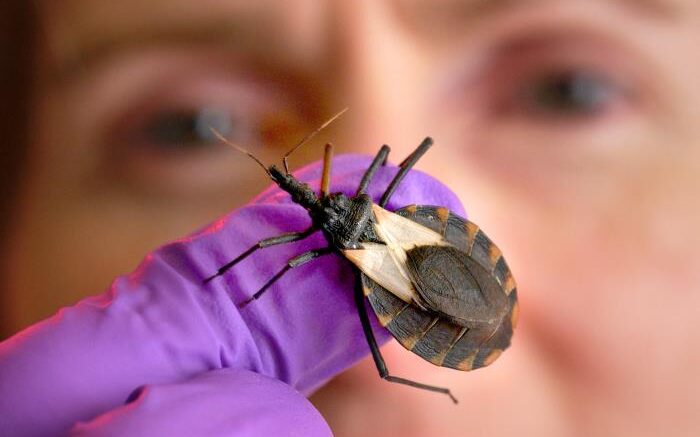Chagas disease, a tropical disease spread by parasites carried in kissing bugs, should now be considered endemic, or regularly occurring, within the United States, according to a report published by The Centers for Disease Control and Prevention (CDC).
The disease affects 6 million people in 21 countries, predominantly in Central and South America. Until now, the United States was largely excluded from lists of countries where the disease is widespread.
Claudia Herrera, a microbiologist at Tulane University, explained that tropical disease researchers have long highlighted the importance of recognizing Chagas disease as endemic in the U.S., as such a classification helps ensure the disease is appropriately monitored and addressed.
“This is not a cause for alarm. The disease is not new, it’s just been largely overlooked,” Herrera said. “Surveillance has been limited and data collection sporadic, but with this change, we hope to increase research on the disease, as well as public awareness.”
Eric Dumonteil, a professor of tropical medicine who specializes in Chagas disease, said calling the disease endemic is not indicative of a rise in cases.
“There’s been no change in the epidemiology or number of cases; we’re just starting to pay more attention,” Dumonteil said.
Chagas is caused by a parasite called Trypanosoma cruzi which is carried by kissing bugs. These insects can bite humans and transmit the parasite via feces they may leave behind being rubbed into the site of the bite, other open wounds, the mouth or the eyes. Kissing bugs are found throughout the southern half of the U.S. and have been identified in 32 states. Of the 11 types of kissing bugs, nine have been found to be naturally infected with T. cruzi.
Chagas infections have been identified in eight states: California, Arizona, Texas, Tennessee, Louisiana, Missouri, Mississippi, and Arkansas.
While most infected patients will remain asymptomatic, getting tested for Chagas is important. If left untreated for years, Chagas can cause congestive heart failure in between 20-40% of patients.
“The good news is that we have two treatments that are highly effective in children and in acute cases, underscoring the importance of early detection and treatment to prevent progression to cardiac or digestive manifestations,” Herrera said. “It’s critical for the public to become aware of kissing bugs and for doctors to increase testing.”
Herrera and Dumonteil recommended learning how to recognize kissing bugs and to avoid handling them with bare hands.
“The important thing is to recognize that these insects and this disease have long lived among us in our environments,” Dumonteil said. “Now it’s time to start paying attention.”
Source: Tulane University
